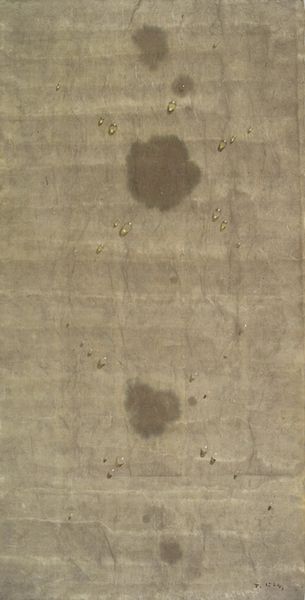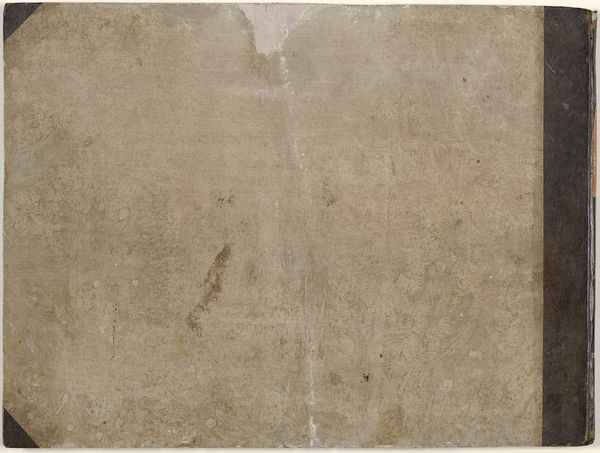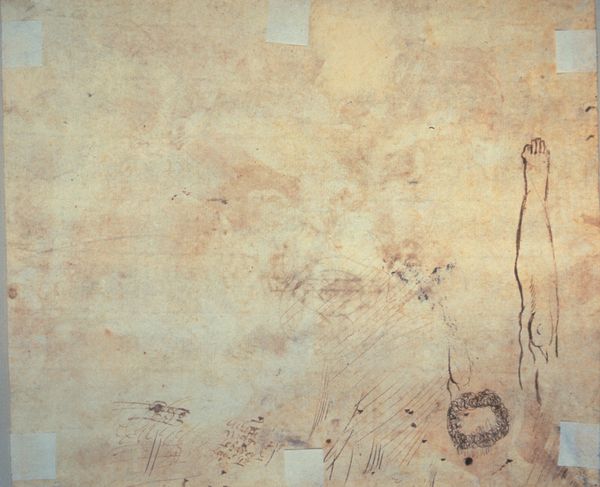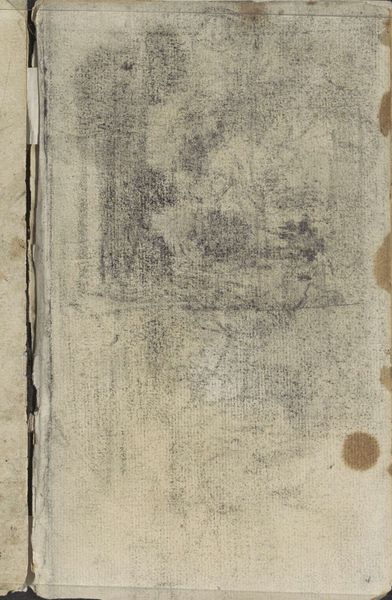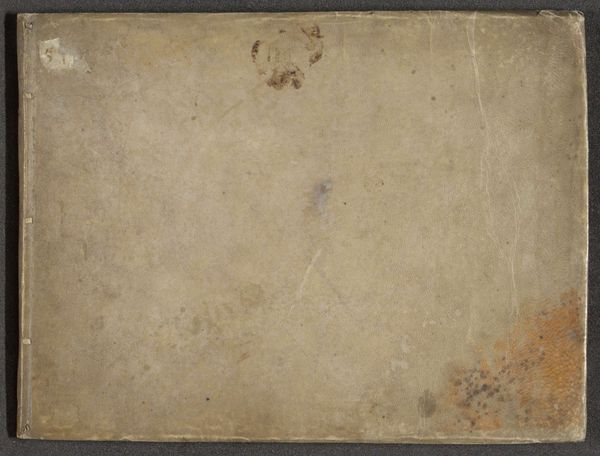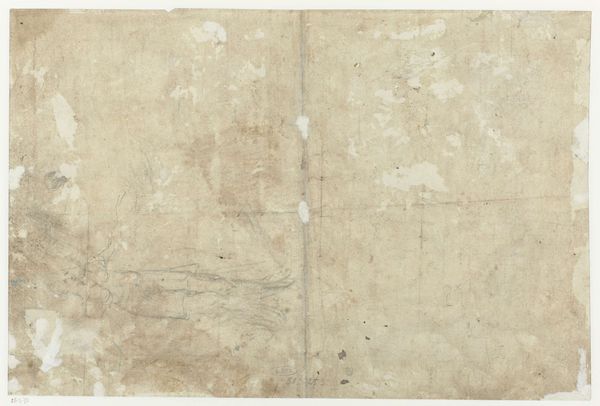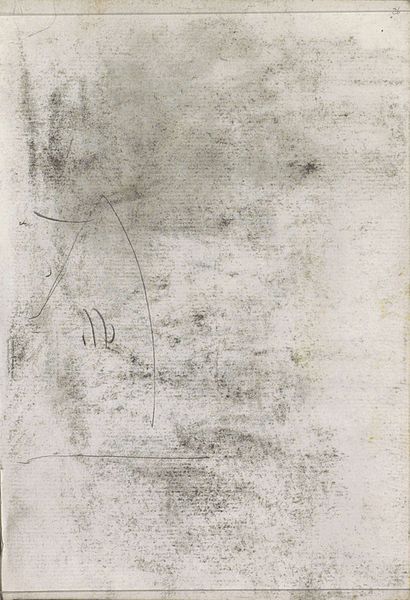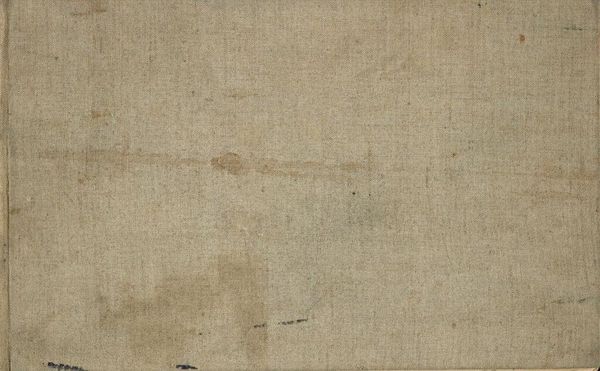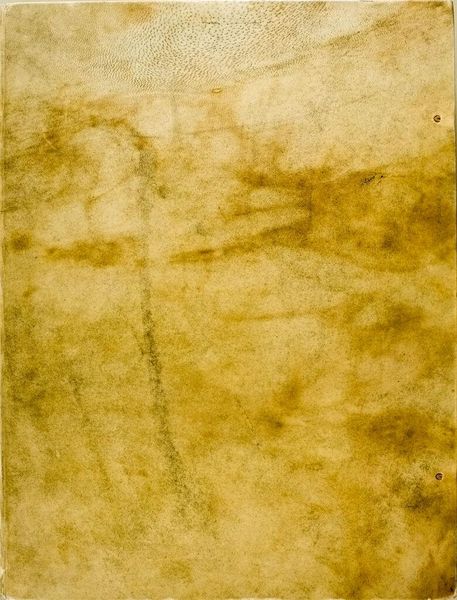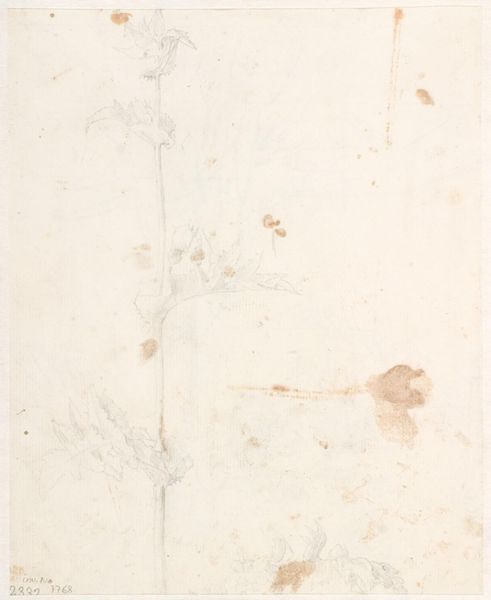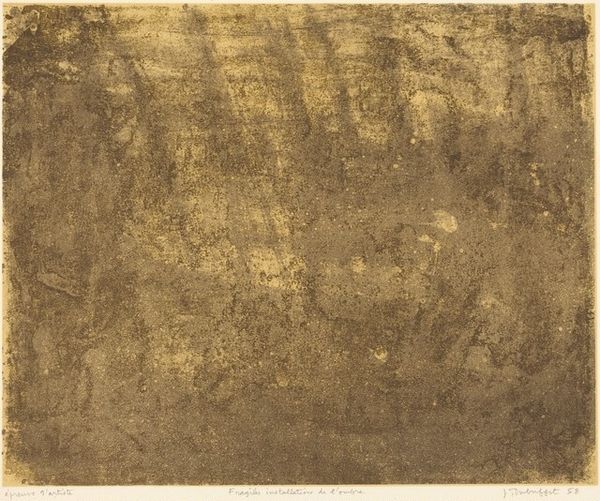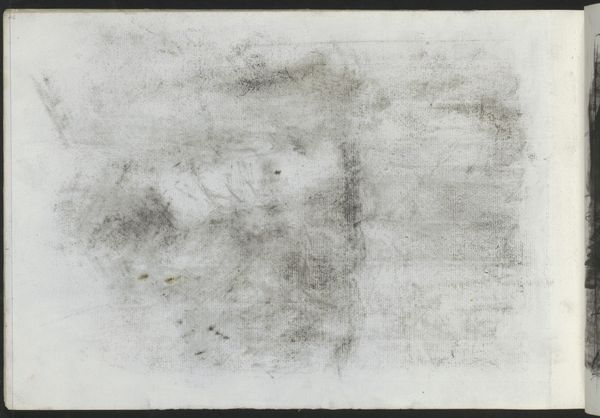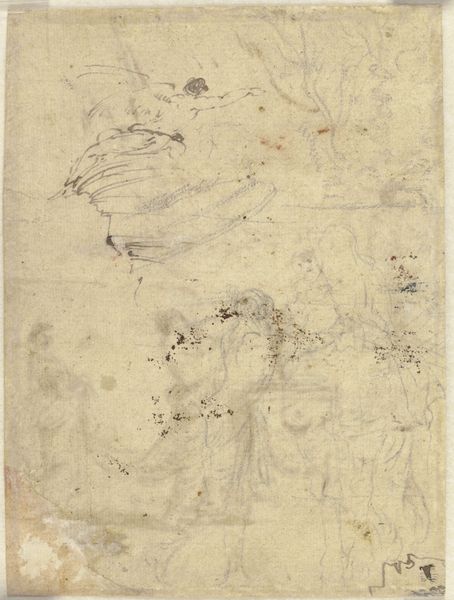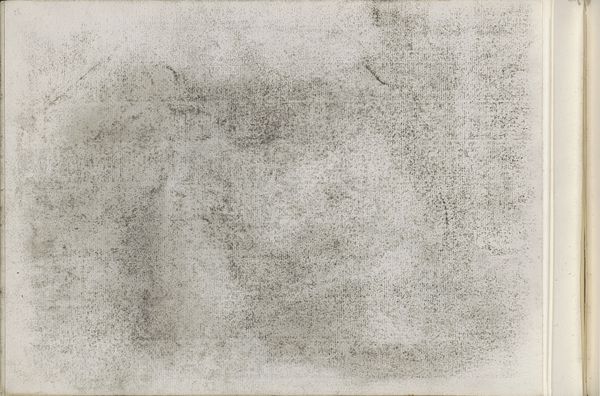
Sketch of Joseph Holding the Christ Child c. 1750
0:00
0:00
drawing, tempera, print, paper, pencil, charcoal
#
portrait
#
drawing
#
tempera
# print
#
figuration
#
paper
#
pencil
#
charcoal
#
history-painting
#
italian-renaissance
Dimensions: 296 × 521 mm
Copyright: Public Domain
Curator: Here we have Giovanni Antonio Guardi's "Sketch of Joseph Holding the Christ Child," created around 1750. Editor: Immediately, I'm struck by its ephemeral quality, like a fleeting thought barely captured on paper. Curator: Guardi was a prominent Venetian painter, deeply involved in the artistic currents of his time, moving within circles that shaped the city's visual culture and the tastes of its elite patrons. Editor: You can almost feel the charcoal dust and see the grain of the paper. The labor involved in producing even a sketch like this…the materials, the tools, it speaks to the artistry embedded in the everyday. Curator: And the subject itself carries immense cultural weight. The image of Joseph, often overshadowed by Mary, gains prominence, reflecting the patriarchal structure of 18th-century society and religious dogma. Editor: The lines are so delicate, almost tentative. This feels more like a study in gesture, capturing the weight and pose, a way of resolving form for later refinement, perhaps highlighting that Joseph's labor is his body and care for his child. Curator: Indeed, the sketch embodies a process of refinement. We get to witness a dialogue between the artist’s concept and the evolution of the final form. It makes you consider the public’s perception versus the more intimate artistic process. Editor: You wonder about the type of paper, the cost. These weren't throwaway things. There’s value in the materiality, in this instance, connecting directly to an artist’s choices and practice. Curator: The piece resides at the Art Institute of Chicago, a place that frames this drawing within a lineage of European masterpieces, defining it for both the scholars and the general public. Editor: Looking closely at the print now, you’re not wrong to see its placement in the museum collection; but its beauty resides in how process shapes form. The act of creation itself becomes something to marvel at. Curator: Well, thinking about the religious iconography and considering the era’s views, there’s so much depth within its loose, sketched composition. Editor: Absolutely. And examining the physicality, for a drawing of its time, opens a door to a much more intimate encounter with not just art history, but human experience.
Comments
No comments
Be the first to comment and join the conversation on the ultimate creative platform.
